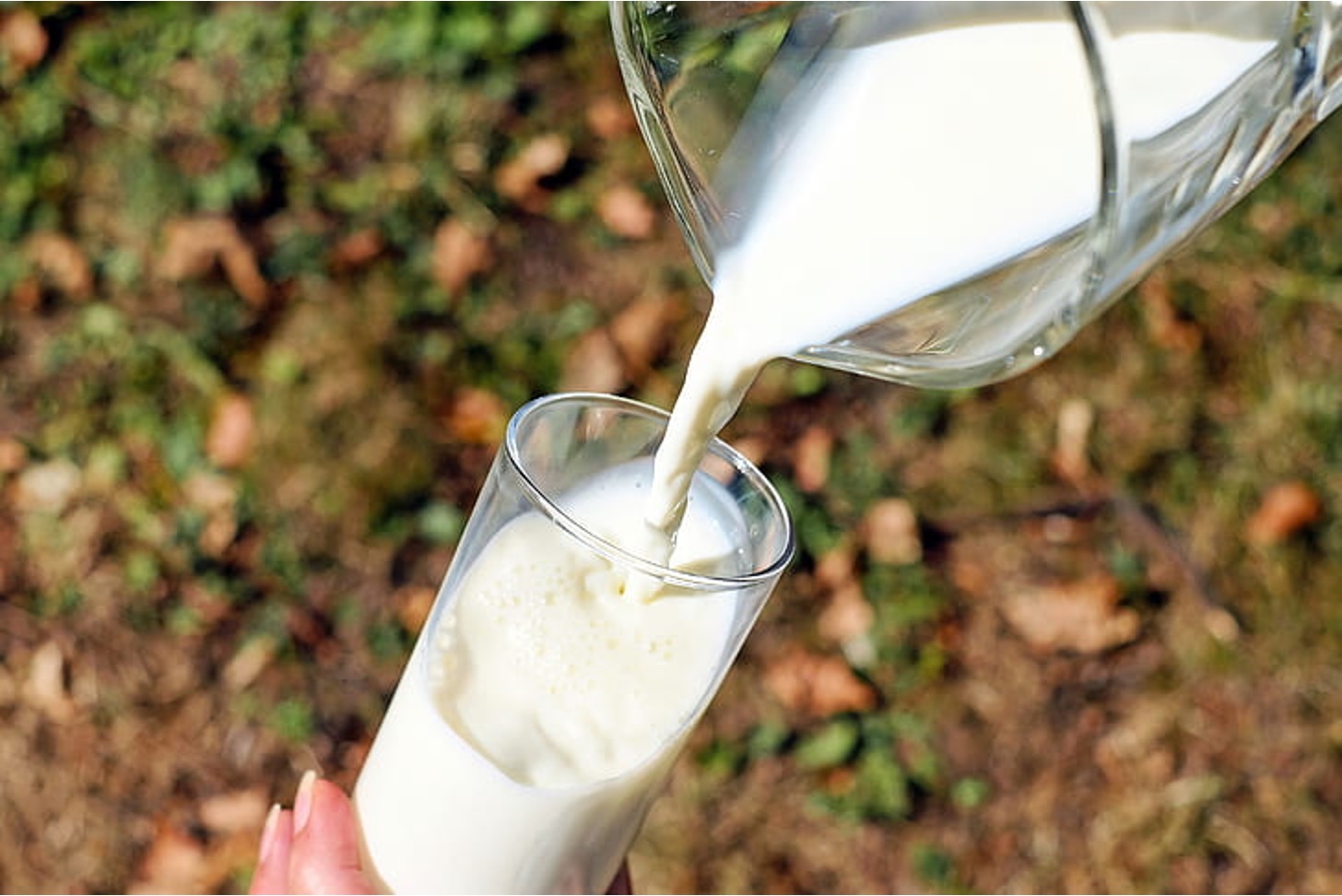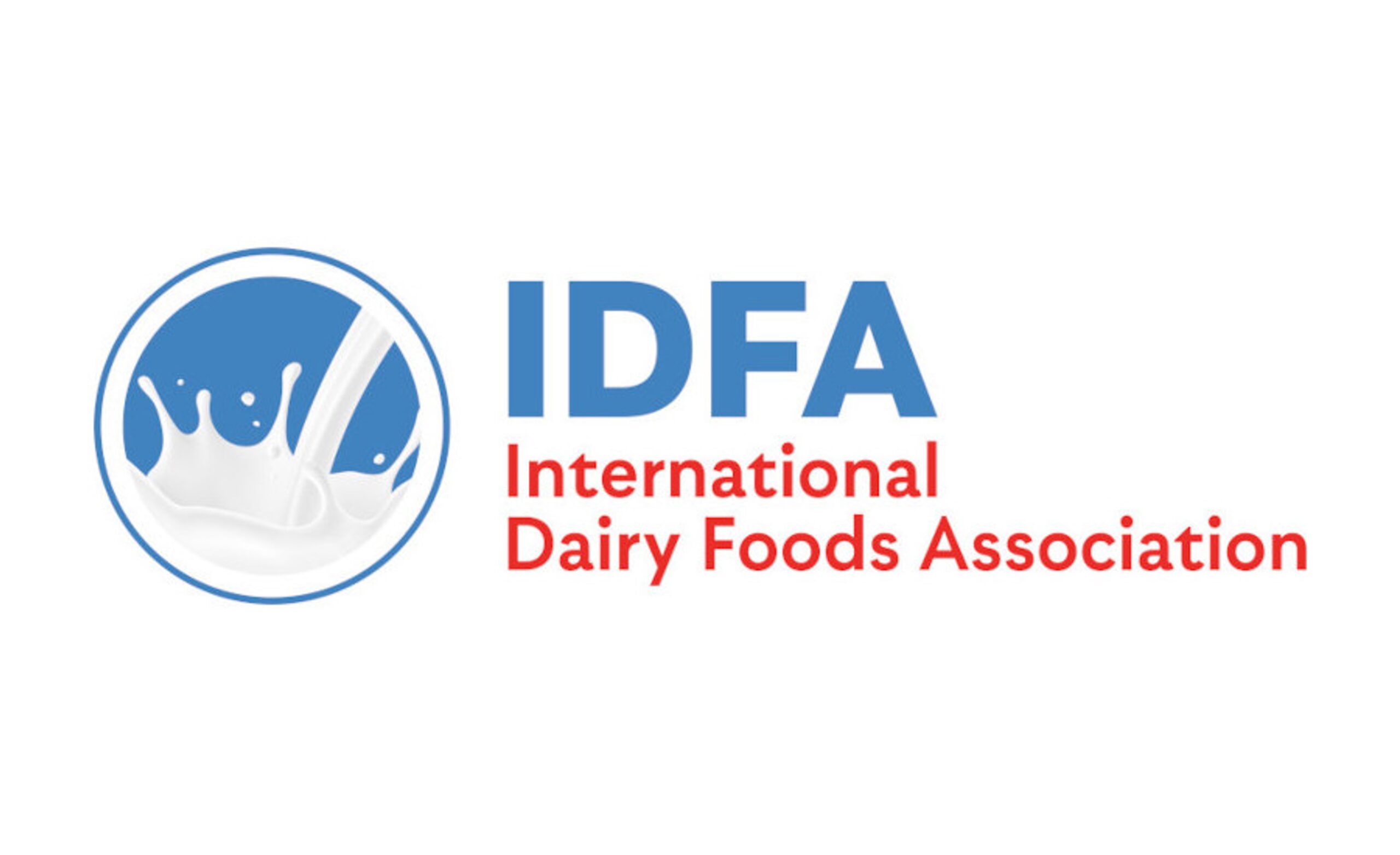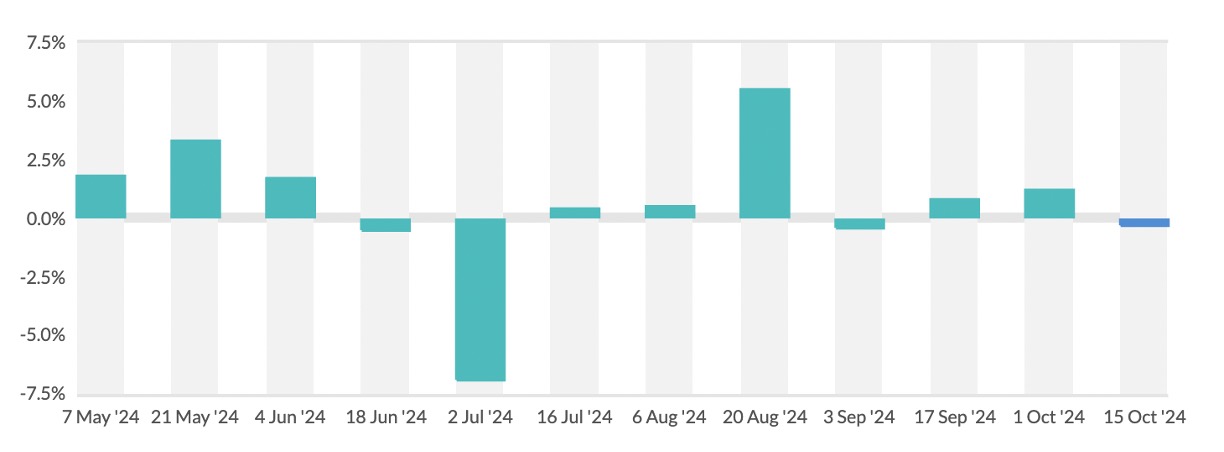Background
Research on dairy consumption in China is lacking, however, some evidence has demonstrated significant changes in recent years, with a reported increase in the overall consumption of dairy products. To fully understand these changes, a systematic review was conducted to examine reported dairy intakes and differences between dairy consumption in different population groups in China. Methods: Web of Science, Embase, and PubMed databases were searched for studies published from January 2000 to September 2022. The China National Knowledge Infrastructure (CNKI) was used to retrieve papers available in Chinese. Papers reporting dietary intakes of dairy consumption across age, sex, and geographical location sub-groups were considered for inclusion in this review. In addition, this review includes the consumption of different types of dairy foods and changes in dairy intake over time. Results: Forty-seven papers were included in the present study. Twelve papers examined dairy consumption across age groups, showing that middle-aged adults tend to consume less dairy than other age groups. Studies comparing across location-specific cohorts reported dairy intakes among urban populations were higher than rural, as well as being higher than the national average. Coastal, Northern and Eastern residents consumed more dairy products than those living in other regions of China, and people in larger cities had higher reported intakes than smaller cities. Milk was the primary dairy product reportedly consumed by Chinese population, followed by yogurt. Concerning sex, evidence showed that females generally reported a greater daily dairy intake than males. Conclusions: This review shows that, in China, several different population groups displayed significant differences in the amount and type of dairy consumed. When considering the incorporation of dairy products into healthy eating guidelines or positioning specific dairy products on the market, it is important to consider the differences and variations in consumption patterns within population groups.
Introduction
Dairy foods such as milk, cheese and yogurt are recognized as important sources of beneficial nutrients, including vitamins D, B5 [1] and B12 [1, 2], and minerals such as calcium [3], phosphorus, and potassium [1]. Many health benefits of dairy products are acknowledged [4], such as an impact on anthropometric measurements (i.e. weight, and waist circumference) [5, 6]. Reduced risk of hypertension (HTN) linked to dairy consumption has also been reported, whereby peptides contained within milk have been shown to reduce blood pressure through inhibition of the angiotensin pathway [7]. One study, conducted in the USA, found that each additional serving of yogurt (227 g) was associated with a 6% reduced risk of incident HTN [8]. Similarly, in a large epidemiological study of Chinese adults, a significant association between a higher frequency of dairy consumption and reduced HTN was noted [9]. Higher intake of dairy was also reported to be associated with lower blood pressure levels in a sample of Chinese young women [10]. In addition, a study in China found that regular dairy consumption (≥ 4 days/week) was associated with a lower risk of ischemic heart disease (IHD) in males [11]. Evidence has also shown that consumption of dairy may offer protection against risk of other diseases such as metabolic syndrome [12, 13], cardiovascular disease (CVD) [14,15,16], stroke [17], obesity [13, 18, 19], type 2 diabetes [20] and colorectal cancer [21]. However, although dairy products contain numerous beneficial nutrients, and their consumption may have a positive impact on health, there are still some concerns regarding the consumption of some dairy foods. Much of this concern is related to the saturated fatty acid (SFA) content, present in dairy products [22], known to be related to the risk of coronary heart disease (CHD) [23].
Recommendations concerning dairy consumption are given in many national nutrition and healthy eating guidelines [24,25,26,27]. In Ireland, as an example, the recommendation is 3 servings each day from the food group “milk, yoghurt and cheese” [24]. In the US, 3 daily servings of dairy products are recommended for US adults [25]. However, in Asian countries, recommendations for the consumption of dairy are lower than in western countries [28,29,30]. In China, a variety of dairy products, equivalent to 300ml of liquid milk per day, are recommended in the 2022 Chinese Dietary Guidelines CDGs [30].
Dietary patterns in China are known to differ quite significantly from those reported in other global regions including Europe and the US [31,32,33,34,35]. Traditional Chinese dietary patterns are represented by ‘Rice, vegetables, and meat’, while the ‘modern’ Chinese dietary pattern is represented by ‘fast food, milk and deep-fried food’ [34]. Similar differences are seen within the US, where two major dietary patterns has been identified from national surveys, one was ‘nonwhole grain, white potatoes, cheese, meat, discretionary oil and fat, and added sugar’, and another one was ‘whole grains, vegetable, fruits, fish, nuts and seeds’ [35]. Researchers in the US also compared Chinese dietary intakes to American diets, reporting that the Chinese diet had a lower daily intake of fiber, vitamins and some micronutrients than the American diet [33]. In China, whilst dairy products have been available and intakes of dairy have been rising in the past decades dairy consumption remains low compared to the recommended dietary guidelines for Chinese [36, 37]. This low consumption is attributed to several factors, such as lack of refrigeration, limited supply and high prices and a traditional plant-based diet [38, 39]. As a result of low intakes, in one study, dairy foods were found to contribute only 4.3% of calcium intake, with “vegetable, bean and bean products” as the main source of calcium [40]. This was relatively low compared to other countries. For instance, in Ireland, dairy contribute 38.8% of calcium to the total diet [41]. And in Poland, the contribution from dairy to total calcium intake was 54.7% in the average Polish diet [42]. However, another survey, conducted among an elderly cohort in Beijing, found that dairy products were the main contributor to calcium, contributing 34.5% among older adults aged 60 years and over [43], indicating that whilst overall consumption is low, considerable variance exists within the population.
In recent decades, the dairy industry in China has grown steadily, prompted by economic factors including the growth in household income, consumer preferences and the provision of financial support from the government [44]. However, due to existing eating habits, consumer preferences, and other historical factors such as traditional agricultural practices and dietary practices in different regions in China, variations in the consumption of dairy products exist in different sub-groups e.g. gender, location groups, which has been reported in several studies to date [45,46,47,48]. Understanding the variations in consumption may help to elucidate factors influencing intake, and support the development of strategies to increase consumption among specific population groups, in accordance with dietary recommendations [49, 50]. For instance, in the US, food based recommendations have been developed for various age and gender groups providing food choices that will help the population group to meet nutritional recommendations [50].
The purpose of this paper was to systematically review existing literature reporting dairy consumption among the Chinese population, living in mainland China. The objectives of the study were to summarise the available literature providing information on dairy intakes in the Chinese population, to examine the differences in the consumption of dairy across different population sub-groups and to further identify the factors which contribute to the differences in consumption.
Source : BMC Nutrition Oct 21st 2023 by Shuhua Yang, Nupur Bhargava, Aileen O’Connor, Eileen R. Gibney & Emma L. Feeney




























